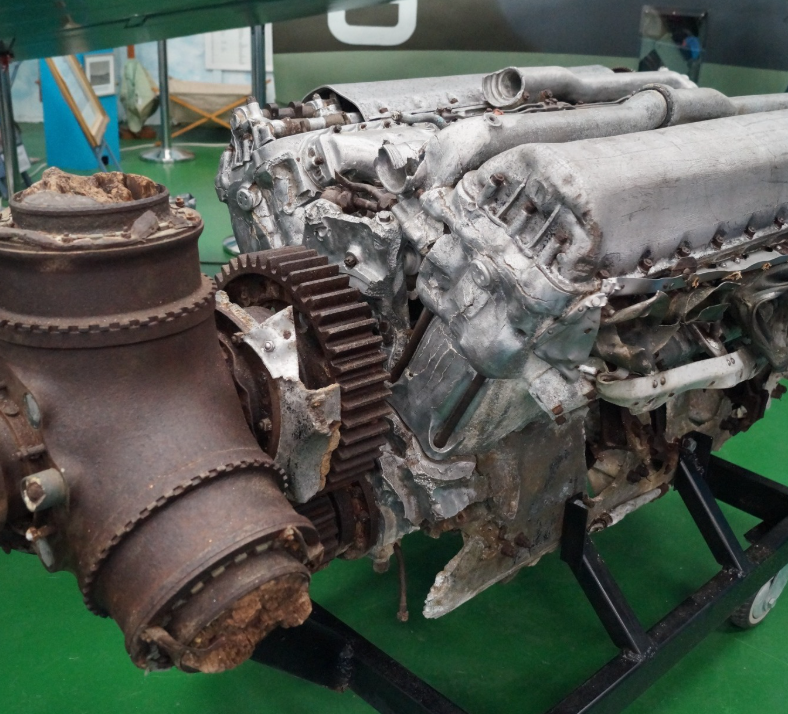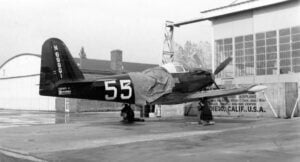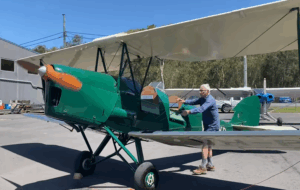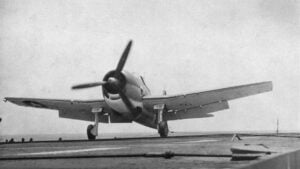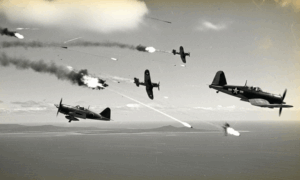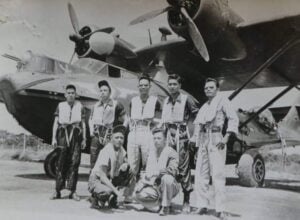Buried Spitfire Discovered After 30 Years
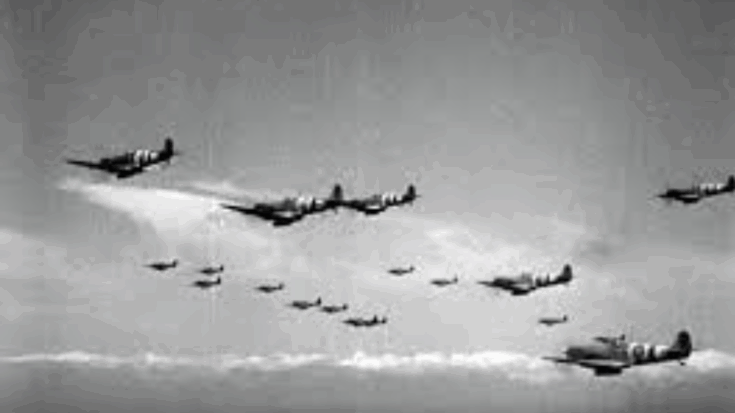
Tangmere Military Aviation Museum / Facebook
The 1942 Mission and the Emergency Landing
In 1942, RAF pilot Ted Hall was flying a mission over the English Channel when his Spitfire developed a sudden problem. Oil began leaking from the engine and quickly covered the inside of his canopy, making it impossible for him to see. Realizing the danger, Hall relied on the help of his wingman, who guided him back toward the English coast.
When they reached East Sussex, Hall safely bailed out of the aircraft. The Spitfire, still traveling at high speed, crashed into a field near Hailsham at nearly 400 miles per hour. It buried itself more than seven meters deep into the ground and stayed hidden for over three decades.
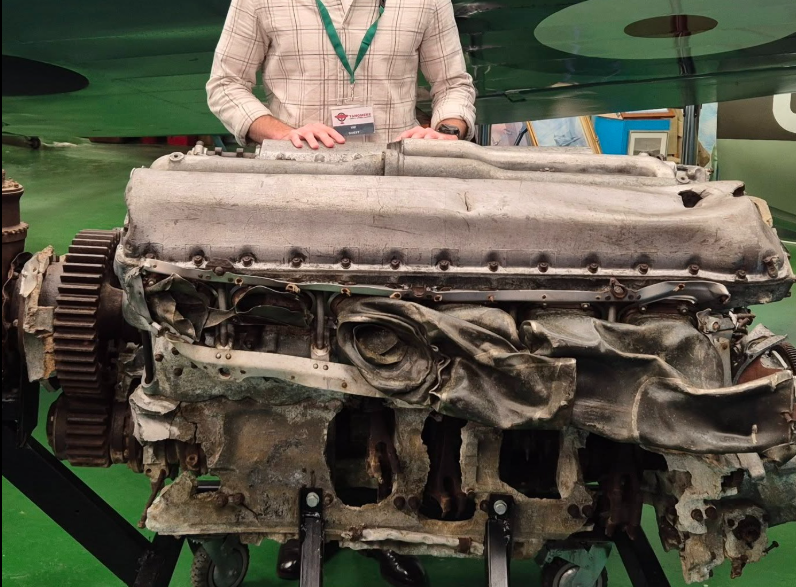
Discovery and Museum Display
The wreck remained untouched until 1976, when aviation archaeologists began searching for the crash site. They reached out to Phil Wooller, who as a boy had seen the plane crash near his family’s farm in Arlington. By that time, Wooller was the only person alive who remembered the exact location. He agreed to help the recovery team, and in return, he jokingly asked if he could keep the engine.
When the engine was pulled from the earth, it was surprisingly well-preserved. According to Wooller’s son Ashley, the engine had been soaked in petrol and oil, which protected it. The nuts and bolts were still shiny. However, once it was exposed to the air, the paint quickly flaked off, and rust set in.
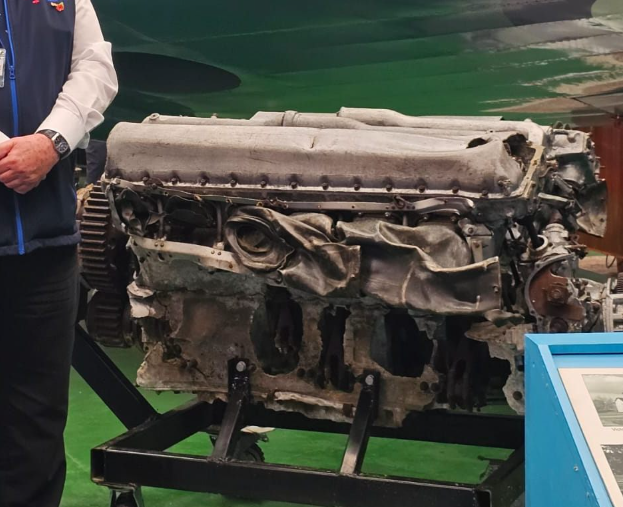
Return to Tangmere and Family Legacy
The engine was first displayed at the Redoubt Museum in Eastbourne. But when the museum closed in 2022, the engine was moved to the Tangmere Military Aviation Museum, not far from RAF Westhampnett, where Hall’s Spitfire had originally taken off. The engine is now part of a permanent display.
At the official unveiling of the exhibit, Hall’s great nephew, Michael McManus, was present. He spoke about how the story had been shared within their family for years. Seeing the engine and hearing others talk about Hall’s experience gave him a strong sense of pride. McManus said he felt honored to represent his family at the event.

Witness to History and Local Memory
The story of the crash also lived on through local memory. Ashley Wooller shared how his father never forgot the sight of the Spitfire falling from the sky. It had been a powerful moment, and one that stayed with him for the rest of his life. Ashley expressed how pleased the family was that the engine would now be cared for and appreciated by future visitors.
Julian Bridle, marketing manager for the Tangmere Military Aviation Museum, reflected on how terrifying the experience must have been for Hall. He pointed out that the pilot had been flying over the Channel, unable to see anything, relying on a fellow pilot to guide him to safety. Now, decades later, part of that aircraft’s story is preserved for all to see.
